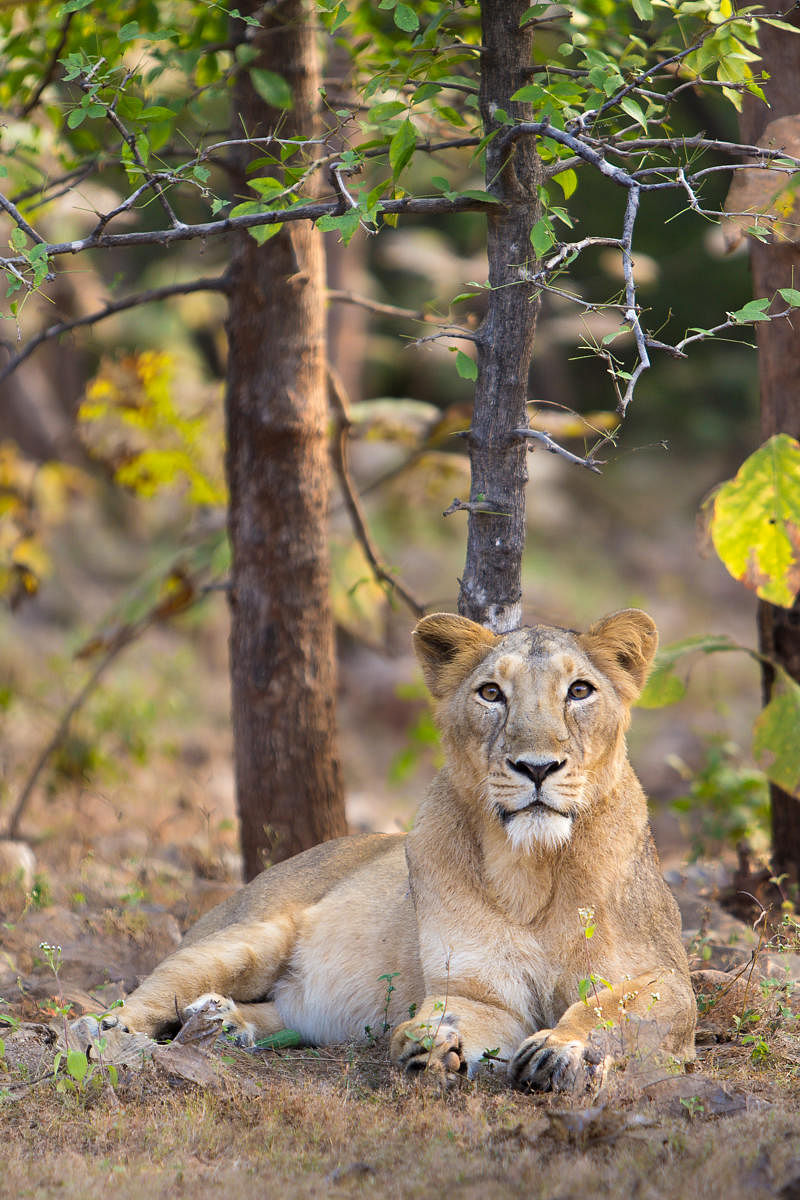
The fight for territory is being suspected as the primary reason for the deaths of as many as 11 Asiatic Lions over the last one week in Gir National Park and Sanctuary.
“Lion is basically a territorial animal and stays within its pride. Whenever the leader of a pride becomes weak, mostly due to ageing, strong lions from neighbouring prides try to take his place by attacking him and his progenies. In such attacks, stronger lion not only kills the weaker one but his cubs too,” G K Sinha, principal chief conservator of forest (PCCF) and head of forest force Gujarat government, said on Friday.
“The deaths of lions due to territorial war is a natural phenomenon and such incidences do occur. However, such high death toll within a short span due to infighting is alarming,” he added.
Generally, a lion’s territory would include three lionesses and post-mating season, each lioness would give birth to up to four cubs.
The gestation period of a lioness is around 110 days and in normal circumstances, a lioness becomes pregnant after an interval of 20 to 24 months.
Of the total newly born lion cubs, only 25 to 30% reach maturity, while 70 to 75 % die due to some or the other natural and unnatural reasons.
“Of the 11 lions that have died in territorial wars, there were six cubs, two lionesses and three mature lions,” Sinha said.
The state government has been on back foot since the news of the deaths of 11 lions came to light.
The death of the first lion is said to have occurred on September 12 in Dalkhania range of Gir forest due to respiratory and hepatic failure due to infighting, Sinha said.
Since then, 10 more such incidences had been reported till Wednesday (September 19) late evening in Dalkhania and Jashadhar ranges. Of the three lion cubs that were found dead, the body marks suggested that they had been killed by a male lion.
Surprisingly, the officials were initially unaware of the deaths and were able to determine the sex of the lions only after the autopsy report of the eight lions came on Friday.
This, primarily was due to the reason that most of the bodies of dead lions had decomposed.
“Prima facie the experts are of the opinion that all eight big cats died of infighting. Post Mortem reports of remaining three Asiatic Lions are awaited, but mostly the cause of the death is likely to be the same,” Sinha added.
The forest officials have also shifted five mature lions from the Dalkhania and Jashadhar ranges to other parts of the National Park to avoid any more deaths in the region.